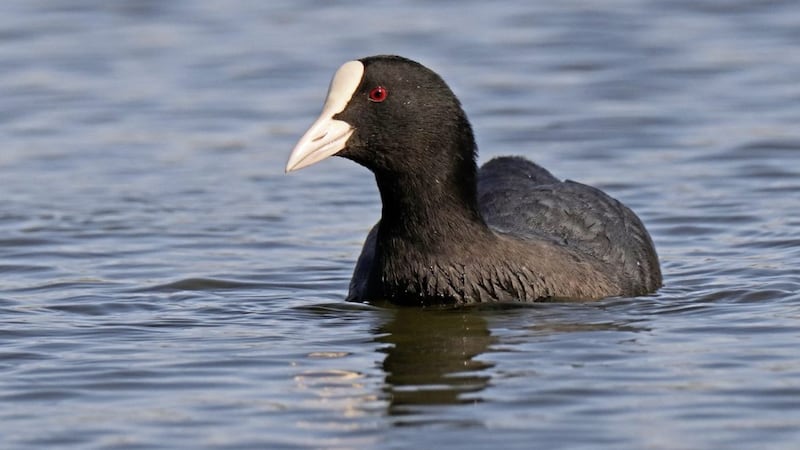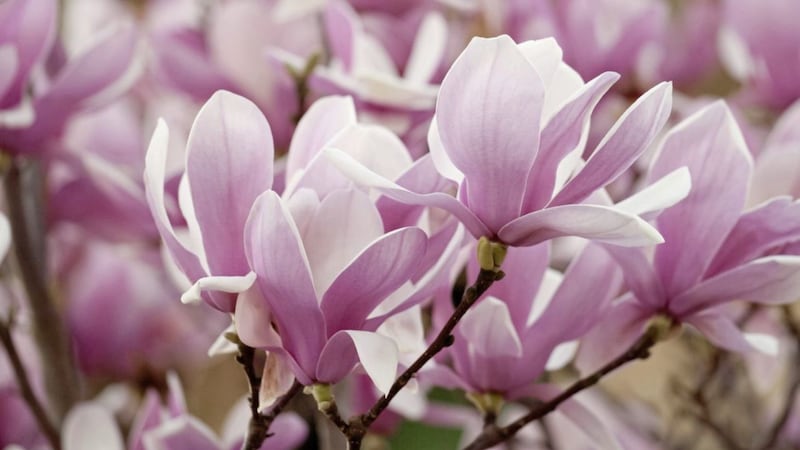TWO pairs of coots are nesting in among rushes on a soggy island in a small stretch of water. A pair of ducks are also there.
However, there could be problems ahead for these water birds as the lake on which they have made their home is not actually a lake. It formed over the winter in a low dip in the drumlins of south Down, fed by a small stream and the intense heavy rain over the winter months.
But now that warmer days have come, the lake has started to shrink and if the dry spell continues it will probably disappear in a few more weeks.
Although coots and ducks are waterbirds they are not dependent on fish for their diets and can also feed themselves on grasses, snails, insects, frogs and other amphibians. These too will have used the temporary body of water as a home but might be able to survive if it fades to just leave a trickle of a stream or a few puddles.
It is not unusual to see frog spawn in a puddle but often they will dry up before the tadpoles hatch and develop into adult frogs that can navigate a dry landscape.
While coots and ducks can live outside of water, there is presumably some biological reason why they spend so much time swimming on it and nesting beside it and if they have already laid their eggs and the lake dries out they may abandon it.
I wonder if they were fooled into nesting here by the sight of the body of water or do they have some inherited memory from their ancestors that told them that this should be a suitable habitat to mate and hatch their young.
Although to my human eyes this is flooded farmland, with sheep and cattle grazing in the surrounding fields and nurturing their own young, it is possible that it has only been drained in the past few generations.
Perhaps a lake did exist here, but the water has been diverted to create extra land for grazing and crops. The recent heavy rains may have simply gathered in what was once natural wetlands in which wild fowl would have lived and in which even fish might have once swum.
The temporary return of the lake may not impact too much on the agricultural viability of the fields which it now occupies if it evaporates and drains away by next month. Indeed, it might even help improve the soil’s fertility by depositing nutrients there.
Many of our towns and cities are built on flood plains that have been drained, or where rivers have been channelled underground, and, as we have seen all too often in the past, nature is not something that likes to be contained.
Draining water from a lake or wetland is far from the most violent act which humans have committed against our environment, but it does highlight our hubris when it comes to nature.
It is a human arrogance to believe that a landscape that evolved over millions of years can somehow be contained and made to bend to the will to one of the species that emerged from it.
The coots and the ducks swimming on the rapidly disappearing small lake in Co Down may find themselves homeless in a few weeks unless there is another series of deluges to re-saturate the surrounding landscape.
However, maybe the race memories that they carry, about where they can nest and thrive, somehow sense that this landscape is naturally a wetland and that it is only a matter of time before a lake becomes a permanent feature here once again.








